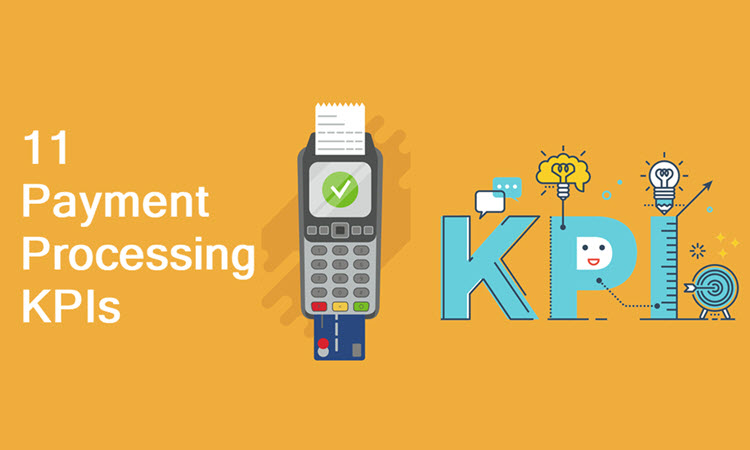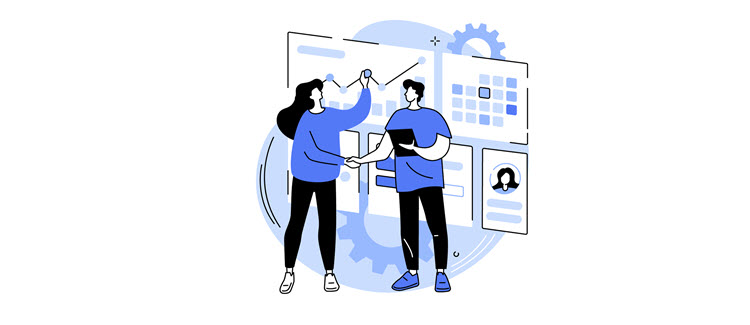
11 KPIs for Payment Processing You Need to Measure
Chargeback is a customer’s refund request to their card network based on a claim of an unfamiliar charge. The chargeback rate is the ratio of chargebacks to transactions. If this number is higher than 1%, the payment processor may be forced to terminate your merchant account due to banking rules.
Note: Read also our article on ecommerce KPIs.
7. Fraud Rate
The fraud rate is tracked by your payment provider or your fraud detection software. If too many transactions fail due to fraud detection, evaluate each step of your payment process to find the point of friction. The fault may be with the customer’s card issuing bank, your website’s security, or a glitch in the payment system that identifies a valid transaction as fraudulent.
Note: Payment processors often don’t want to work with high-risk merchants who are in industries with high chargeback and fraud rates. CCBill, on the other hand, has more than 20 years of experience in working with high-risk merchant accounts, and can provide you the payment processing service you deserve. Contact us and tell us about your project!
Consult with your payment processor on how to improve your mobile conversion rate.
8. Payment Form Conversion Rate

Track the number of visitors who get to the payment form and how many of them proceed to complete the purchase. Determine the bounce rate on desktop and mobile devices, as well as the overall bounce rate. A high bounce rate may indicate several things:
- Your online store does not support your audience’s preferred payment methods.
- The payment form has a confusing design.
- The consumers question the payment form’s legitimacy or security.
- Your online payment form is not optimized for mobile devices.
A/B test payment forms to determine which design works best, make sure to provide the most popular payment methods and make sure the payment form is optimized for smartphones and tablets. Your payment processor should assist you in perfecting your payment form.
9. Global vs. Localized Sales
Compare the number of international transactions with domestic purchases. If you notice that global sales are underperforming, check sales by region and your payment processor’s options for localized payments, such as SEPA and Giropay. Also, make sure that the payment form is translated to the local language based on GeoIP.
10. Payment Provider Uptime

Check your payment service provider’s uptime and whether they are within the agreed service level. If your online payments often fail due to the payment provider’s downtime, request compensation for your lost sales or consider changing your payment processor.
11. Landing Page Conversion Rate
Regularly track your landing pages’ conversion rate to discover how many people make a purchase via these pages. If the bounce rate – the percentage of people who leave the website from this page – is high, optimize the landing page to drive more conversions. Check its loading speed, clarity of information, content structure, whether it contains too many ads, etc. Compare mobile and desktop landing page conversion rates.
Conclusion
Measuring payment processing KPIs on a regular basis is the key to a successful business. Detailed insight into metrics like payment conversion and fraud rate help online business owners fix the checkout process’ friction points and implement changes to their websites to retain customer loyalty and boost sales.


